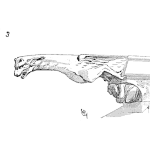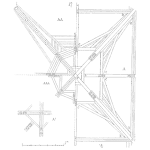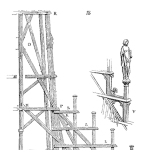
Reactive chemicals refer to chemicals that can react with self or with other chemicals or contaminants leading to extremely high reaction rates. The high reaction rates in turn can lead to overpressure within the vessel and possible explosion. As a graduate student, I looked at behavior of reactive chemical hydroxylamine which was involved in an explosion at Concept Sciences facility in Allentown, PA.
Take a look at the following video on how hydroxylamine reacts upon addition of metal solution.
Read more












 Ask a question or send along a comment.
Please login to view and use the contact form.
Ask a question or send along a comment.
Please login to view and use the contact form.